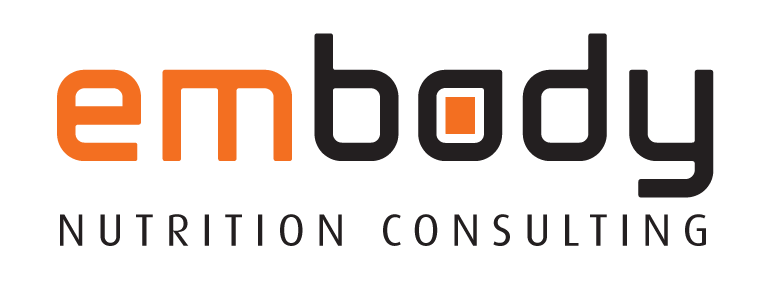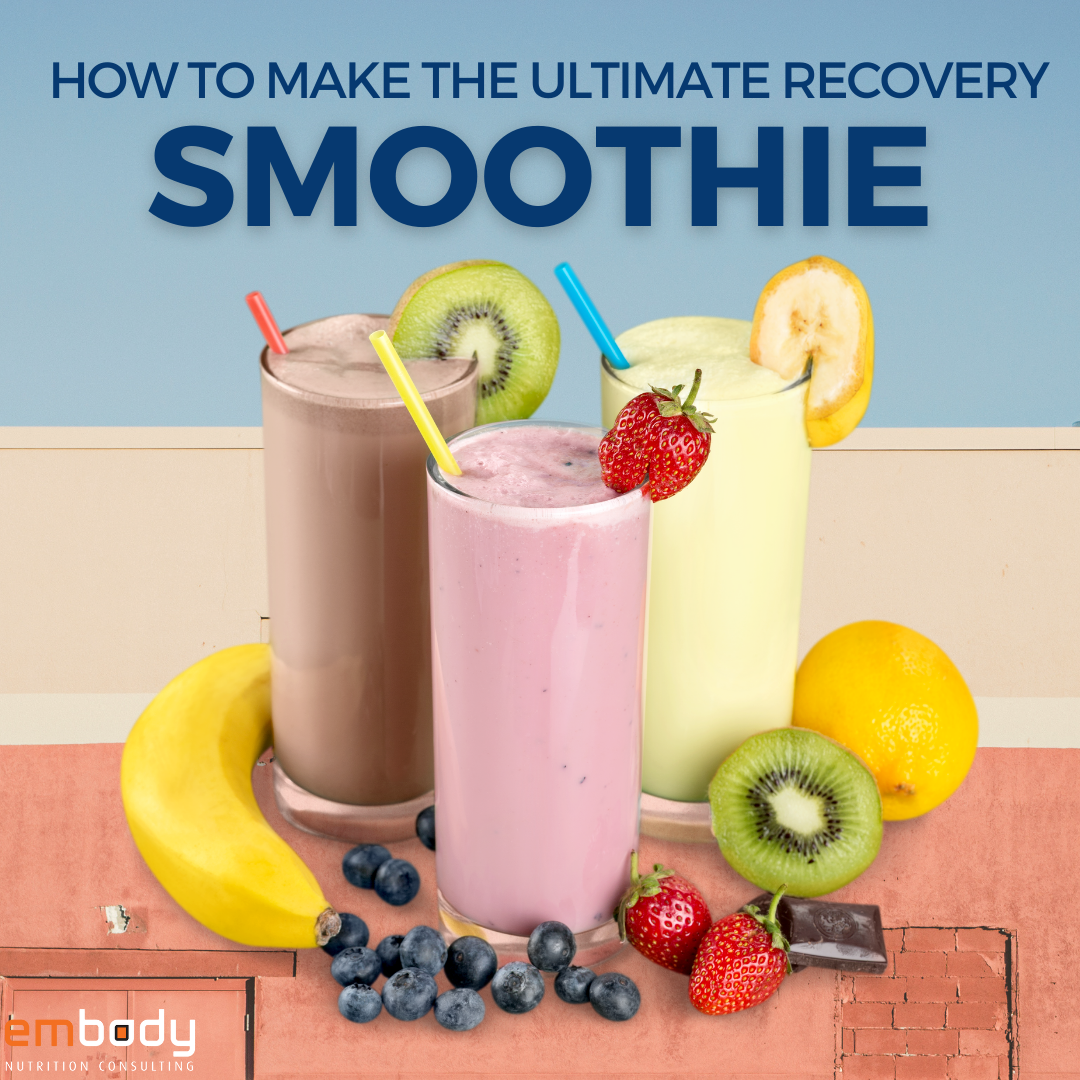Smoothies can tick a lot of boxes when it comes to nutrition… they’re quick and easy to make (important for busy people), delicious (VERY important for all people), and can be packed full of nutrients, if made right.
Why do I need to eat or drink after training?
Have you ever trained in the morning, rushed home, got ready for work, quickly had a slice of toast and rushed right out the door again? You probably find that a couple of things will happen throughout the day (maybe all of them!)…
- You are absolutely starving by morning tea time
- You eat normally throughout the day but have uncontrollable cravings come 3pm
- You have brain fog from lunchtime onwards
- You get home from work and can’t seem to remove yourself from in front of the fridge
All of these things are really common (you are not alone!) and they can all be a result of not feeding yourself well enough after training.
Why are smoothies great for recovery?
There are a couple of different reasons why smoothies can be a great option as a recovery meal or snack.
After you finish training, your body is primed and ready to receive nutrients to not only replenish your working muscles, but to help them adapt and grow from the training you’ve just done. There are 4 key components of any recovery meal – we refer to them as the 4 R’s.
- Repair – protein is the key nutrient needed for muscle repair and you should aim for at least 20g post exercise
- Add things like milk (cow’s milk or soy milk are high in protein) Greek yoghurt, protein powder or liquid egg whites to your smoothie
- Refuel – your body will be depleted of carbohydrates during a training session so refuelling with carbs afterwards is key (even more important following high intensity sessions or if you have another training session that same day)
- Add things like bananas, mango, oats or coconut water to help refuel
- Rehydrate – including fluid in your recovery nutrition is so important! This might just be water, or it could be a part of your meal or snack (say for example, a smoothie!)
- This could be water, milk or coconut water – play around with these and see which one you enjoy the most
- Revitalise – we need to get some colour (fruit and veg) in for optimal recovery as well. These foods play a key role in helping your body use the protein and carbohydrate more effectively and help to build immunity and overall good health
- The options are endless with this one! You could add berries, kiwi fruit, melons, spinach or even frozen veg like zucchini and cauliflower work well
Lots of people also find that their appetite is actually reduced after training – a liquid meal might be a more appealing option, if this happens to you.
How soon after training do I need eat or drink?
In terms of timing, there is no set ‘window’ after training that you have to consume your recovery nutrition within. A good guide is to ‘sandwich’ your training – consuming something nutritious within the 2 hours before training, and then again within the 2 hours after your session.
For most people, this will mean that there really isn’t any need to add in a supplement or extra meal to your diet. If you decide to include a smoothie, this could just replace your normal meal or snack that falls after your training session.
Here are 2 delicious smoothie recipes – give them a try!
Berry Bliss Smoothie
Ingredients
- 125g frozen mixed berries
- 1 banana
- 1 tsp honey
- 150g Greek yoghurt
- 200mL milk of your choice
- 5-6 ice cubes
Method
- Blend all ingredients together and enjoy!
Peanut Butter Smoothie
- 35g sachet quick oats
- 25g peanut butter
- 1 frozen banana
- Dash of cinnamon
- 200mL milk of your choice
- 5-6 ice cubes
- 1 scoop of your fav protein powder (optional)
Method
- Place oats and milk in the microwave for 1 minute (this give a nice creamy texture)
- Blend all ingredients together and enjoy!

